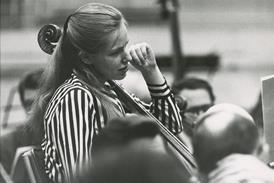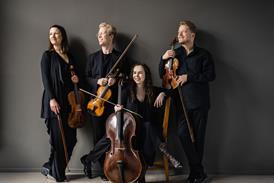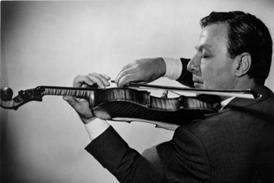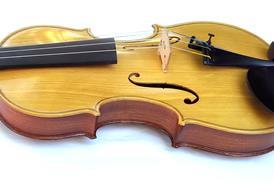- News
- For Subscribers
- Student Hub
- Playing Hub
- Podcast
- Lutherie
- Magazine
- Magazine archive
- Whether you're a player, maker, teacher or enthusiast, you'll find ideas and inspiration from leading artists, teachers and luthiers in our archive which features every issue published since January 2010 - available exclusively to subscribers. View the archive.
- Jobs
- Shop
- Directory
- Contact us
- Subscribe
- Competitions
- Reviews
- Debate
- Artists
- Accessories
Trade Secrets: Arching, channelling and edgework

A method that unites all three parts of the making process, for a more coherent and efficient way of working
Ever since violin making school, I approached arching and channelling as different stages of the making process. I used to do the rough arching with a gouge first, then use thumb planes to get closer to the final result, then carve a channel with gouges, and finally blend the channel and arch with thumb planes again. It always felt too disjointed, with too many steps, but it got decent results and I felt comfortable doing it that way. Or, to be honest, I was scared of trying something new and messing up an instrument. I finally summoned up the courage to use a different method on a viola.
There is no viola joke here. Since violas are less standardised than violins, they afford much more freedom to makers. This means I can pretend that whatever I end up with is exactly what I meant to do in the first place. On this instrument, based on a c.1620 Brothers Amati, I approached shaping the plates as a single step, arching and channelling at the same time with a big gouge, and then moving to the smaller tools (thumb planes and scrapers) only for the finishing touches.
Already subscribed? Please sign in
Subscribe to continue reading…
We’re delighted that you are enjoying our website. For a limited period, you can try an online subscription to The Strad completely free of charge.
* Issues and supplements are available as both print and digital editions. Online subscribers will only receive access to the digital versions.




























